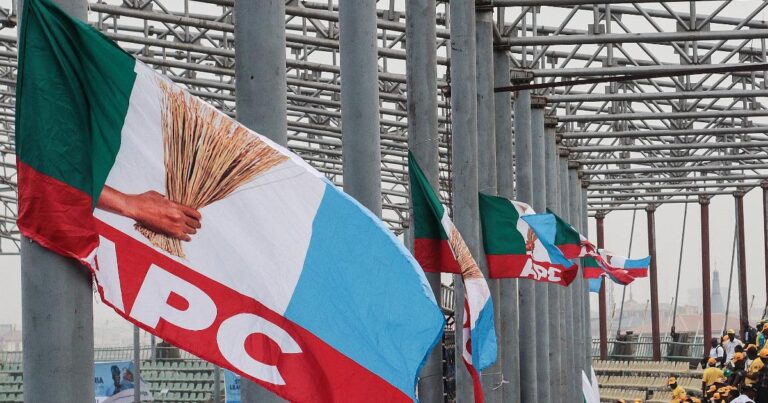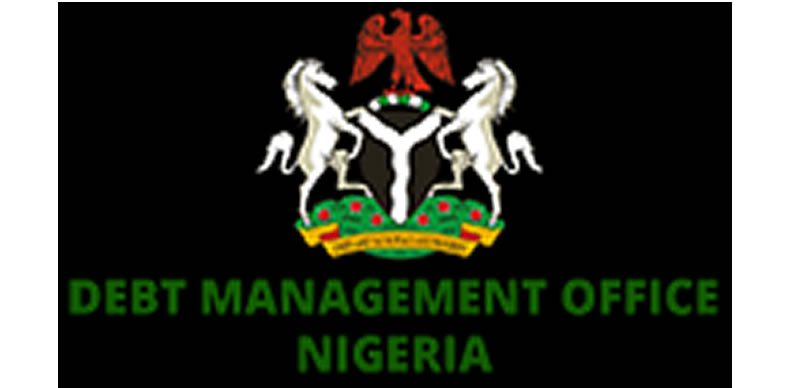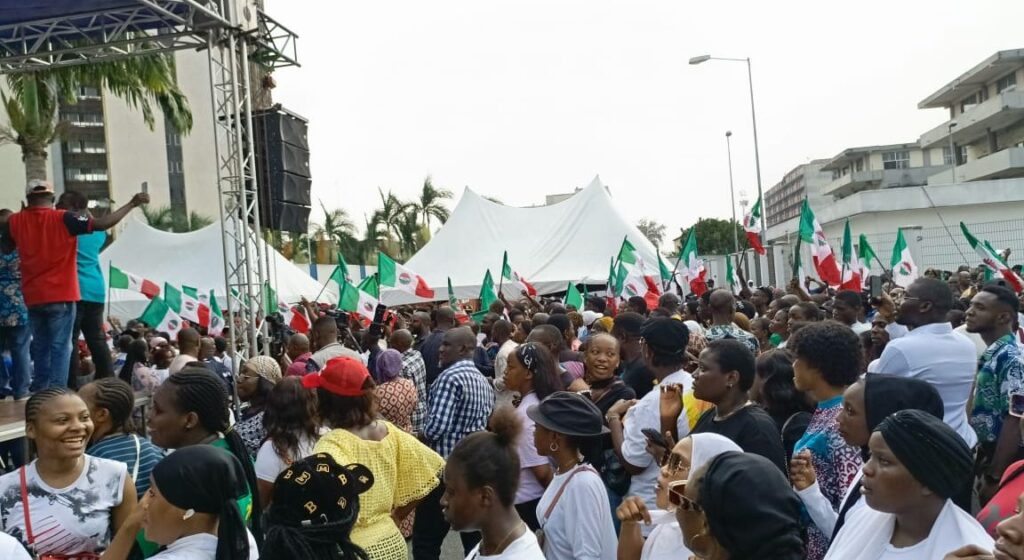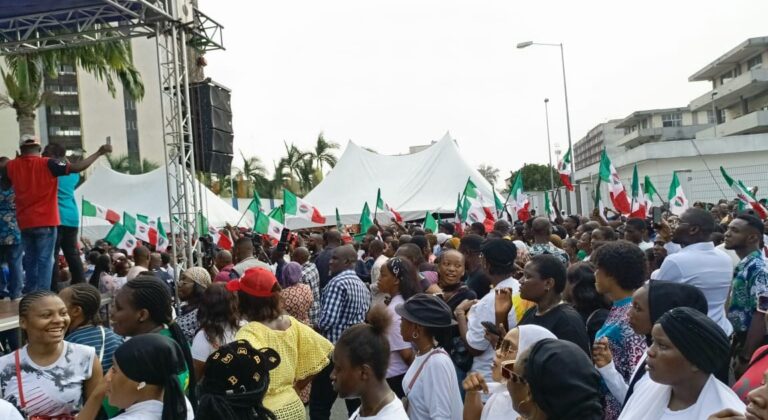The Debt Management Office has raised approximately N3.03tn from FGN savings bonds in the first eight months of this year.
An analysis of the monthly FGN bond auction results between January and August 2025 indicated that the DMO offered about N2.13tn across short-, medium- and long-dated bonds. However, an appetite for long-dated bonds saw subscriptions hitting about N4.94tn in the period under review.
The DMO kept the monthly offerings to mostly two (new issuances and re-openings) except for January, when it offered three bonds, FGN April 2029, FGN February 2021 and FGN January 2035, with the interest rates at 19.30 per cent, 18.50 per cent and 22.60 per cent, respectively.
Compared to the same period of 2024, the amount raised was about 34.14 per cent lower, marking a decrease in borrowing from the domestic market.
In January, the local bonds market displayed a predominantly bearish tone, with sporadic interest across mid- to long-term maturities. The FGN bond auction offered N450bn in the first month. February 2025 began with cautious trading, with investors focusing on key maturities such as February 2031 and January 2035.
The release of rebased CPI figures triggered a bullish rally, boosting demand for high-yielding securities, particularly the April 2029 and January 2035 bonds. The DMO allotted N910.39bn at auction. In April, activity centred on mid-curve papers, especially the Feb-2031 and May-2033 maturities, with intermittent demand for Mar-2027, Jan-2035, and longer-dated Apr-2037 and Jun-2053 instruments.
The auction offered N350bn and saw N397.89bn allotted: N21.12bn in the 19.30 per cent Apr 2029 issue at 19.00 per cent and N376.77bn in the 19.89 per cent May 2033 issue at 19.99 per cent. There were also non-competitive allotments of N50bn and N73bn for each bond, respectively. N100bn was on offer in June, with subscriptions coming in at N602.86bn. Post auction, N100bn was allotted at N1.05bn for the April 2029 bond and N98.95bn for the June 2032 instrument.
Cowry Assets, in its monthly market report for August, stated that at the primary auction window, the Debt Management Office increased its offer size to N200bn.
“Ultimately, the DMO allotted N136.2bn, well below the N185.9bn from the prior month. Demand remained concentrated in the reopened 10-year benchmark (Jun ’32), which attracted N165.8bn in subscriptions but cleared at a significantly higher marginal rate of 18.00 per cent, up from 15.90 per cent in July. The newly issued five-year (Aug ’30) also drew strong interest at N102.4bn, though only N46.01bn was sold, with a clearing rate of 17.95 per cent. Cumulatively, the DMO has raised nearly N3.0tn from bond auctions in the first eight months of 2025, highlighting its aggressive borrowing stance amid widening fiscal pressures,” said the report.
On the outlook for September, the experts projected that “the bearish tone in the local bond market is expected to persist, as the DMO sustains its heavy supply programme against a backdrop of tighter liquidity conditions. The Central Bank’s liquidity mop-ups and higher stop rates in upcoming auctions are likely to keep upward pressure on yields, particularly at the long end of the curve.”
Meanwhile, President Bola Tinubu has revealed that the FG is no longer borrowing from local banks, indicating an improvement in the fiscal performance. In a recent statement, Tinubu’s special assistant on media, Bayo Onanuga, disclosed that from January to August 2025, total collections reached N20.59tn, a 40.5 per cent increase from the N14.6tn recorded in 2024. Of the N20.59tn collected, about N15.69tn was non-oil revenue, showing a shift away from oil dependence.
Despite the positive performance, the FG still has a fiscal deficit worth trillions to fill. Reviews of the half-year done by multiple investment houses showed borrowings had been projected to increase in H2.
CardinalStone’s mid-year outlook, titled ‘Charting The Sustainability Path’, noted that Nigeria mostly relied on the domestic market for deficit financing in the first half of the year, with the government issuing about N3tn via Treasury Bills and Bonds, suggesting that a further net issuance of about N10.08tn may be required to cover the estimated deficit for 2025.
During the first half, the Federal Government sought the approval of the National Assembly for $21.00bn, €2.20bn, and ¥15.00bn under its rolling borrowing plan. Projecting, the analysts said, “We expect a notable increase in external sourcing in H2 25. Precisely, the government has set its sights on raising $1.20bn through the Debt Management Office and a further $2.00bn at concessionary rates through multilateral sources.
“These numbers suggest that a cumulative total of N4.90tn (using the official exchange rate of N1,530.00/$ as of June 1, 2025) may be sourced from abroad, with the balance of N5.19tn likely to be raised from the domestic market after catering to rollovers.
“We are of the view that a part of the external borrowings may be used to finance the $1.12bn Eurobond maturity due in November and cumulative coupons of c.$1.38bn,” the report added.
